 |
| Mr. Trinh The Hao (residing in Binh Tan commune) harvests durian. |
With a methodical, creative and practical approach, cooperative models and cooperative groups in Binh Tan commune (Dong Nai province) have been affirming their important role in developing agricultural production, increasing people's income, and contributing to building sustainable new rural areas.
Change your thinking, change your way of doing things
Like many other localities, the collective economy in Binh Tan commune has gone through a difficult period, operating ineffectively. Most of the cooperatives previously lacked capital, lacked technology and were not closely linked to market demand. People were used to small-scale, fragmented production, and had little trust in the cooperative model, so the number of members was small and the operating efficiency was not high. However, when starting to build a new rural area, Binh Tan commune identified the development of collective economy as a key task. Because if farmers only produced on a small scale, it would be difficult to increase the value of products, and even more difficult to compete in the market. Therefore, the commune coordinated with the Provincial Cooperative Union and functional agencies to consolidate and rebuild the cooperative model in a new direction.
Hong Nip Green-Skin Grapefruit Cooperative (Binh Tan Commune) has 8 members with a total area of 60 hectares, of which 5 members are ethnic minorities. The cooperative was founded and directed by Mr. Lau Sy Nip, known as the "green-skin grapefruit billionaire". His family alone has 30 hectares, of which 25 hectares are in harvest, bringing in billions of VND in revenue each year. The cooperative has made a breakthrough by applying the production process according to VietGAP standards and has been certified by the FAO (Food and Agriculture Organization of the United Nations) as conforming to TCVN 11892-1:2017, opening up a new direction for green-skin grapefruit products.
If in the past people grew small-scale, depending on traders, now the cooperative has innovated its methods, organized concentrated raw material areas, organic farming, limited chemical fertilizers, followed proper care techniques and flower processing procedures. The products not only have stable output at supermarkets and wholesale markets but also aim to be exported directly to demanding markets.
Mr. Lau Sy Nip affirmed: The most important thing that the cooperative innovates is the production mindset from fragmented to linked, from chasing quantity to focusing on quality and brand. Thanks to that, Hong Nip Green-Skin Grapefruit Cooperative is becoming a typical model, contributing to increasing farmers' income and affirming the position of Dong Nai agricultural products.
“As the Director of the Cooperative, I require members to strictly comply with the regulations, ensuring that grapefruit products always meet clean and safe standards, thereby building a reputable brand and promoting the Cooperative’s sustainable development. Since 2017, the entire area of green-skin grapefruit of my family has been recognized by the competent authority as a production model according to VietGAP standards. Currently, all grapefruit of the Cooperative has a stable output at supermarkets and wholesale markets…” - Mr. Lau Sy Nip excitedly said.
No worries about price pressure
Since its inception, Long Binh Durian Cooperative (Binh Tan Commune) has affirmed the core role of KTTT, which has increasingly developed, contributing greatly to stabilizing production and developing the local socio -economy. Currently, Long Binh Durian Cooperative has 24 members. The total durian growing area is 72 hectares, with an average yield of 8-20 tons/hectare. Of which, 20 hectares are grown according to the VietGAP model. In addition, the cooperative members have also built an electronic diary, a digital transformation tool in agricultural production with 20 hectares in the AutoAgri software application to help make it transparent from the production stage to consumers.
Mr. Nghiem Van Giang, Director of Long Binh Durian Cooperative, said: For many years, the Cooperative has pursued a clean production model, applied VietGAP processes in production, and completed procedures for granting codes for official export growing areas. Being granted a code for growing areas will bring great opportunities for farmers and the Cooperative. To prepare for official durian exports to the Chinese market, the Cooperative encourages members to comply with regulations, expand clean production areas, and invest in facilities for packaging and preservation according to partners' requirements.
Long Binh Durian Cooperative has been granted a certificate of conformity with good agricultural practices for the cultivation sector according to TCVN 11892-1:2017 for durian products by the FAO Certification and Testing Organization. With the granted certificate, Long Binh Durian Cooperative has met the conditions and requirements for product quality to supply markets such as supermarkets in neighboring areas, major cities in the country and other markets with high requirements.
Mr. Trinh The Hao, a member of Long Binh Durian Cooperative, confided: “In the past, my family grew durian in the traditional way, with low productivity and unstable sales to traders. Since joining the Cooperative, I have been trained in techniques and linked to find output, so I feel secure in production. Every year, my income increases by more than 100 million VND.”
The most obvious result is that people's incomes are increasing. Previously, the unstable prices of cashew and pepper made people's lives difficult. Now, thanks to the cooperation in the cooperative, the output products are more stable, the selling price is 10-15% higher than the market. Many households no longer have the situation of "good harvest, low price".
Not only that, collective economic development in Binh Tan also creates a change in awareness. From individual production, people have gradually become accustomed to cooperating for mutual development. The commune government also considers collective economic development an important "tool" in building advanced new rural areas - linking collective production models with criteria of income, production organization, environment and social security.
… And the worries
Despite many positive results, the collective economy in Binh Tan still faces many difficulties. These include small scale of cooperatives, low capital, and low management capacity. Some cooperatives do not have a long-term business strategy and are still heavily dependent on the support of the State. In particular, building brands and collective trademarks for agricultural products is still a "difficult problem".
Therefore, for the cooperative economy to be truly sustainable, it is necessary to continue training and fostering cooperative management staff, while supporting cooperatives in accessing preferential capital sources, supporting trade promotion, building brands, and putting products on e-commerce platforms to expand output.
Mr. Truong Van Thap, Chairman of the Farmers' Association of Binh Tan Commune, said: "Practice from local cooperatives shows that when people join together, they not only have the conditions to support each other in terms of capital, technology, and product output, but also contribute to forming concentrated raw material areas and building local agricultural product brands. This is a vivid proof that the spirit of the resolution has truly permeated life, becoming a driving force to promote the agricultural economy in Binh Tan to develop in a modern, effective, and integrated direction."
Binh Tan commune currently has 10 cooperatives. Binh Tan aims to consolidate and improve the quality of agricultural cooperatives to operate more effectively in the 2025-2030 period, while developing new collective economic models.
Developing the collective economy in Binh Tan commune is not only an economic story but also a testament to the spirit of solidarity and unity of the people in the process of building a new countryside. When farmers know how to join hands and produce together according to the value chain, the path to sustainable development and improving living standards will be wider than ever.
Hien Luong
Source: https://baodongnai.com.vn/kinh-te/kinh-te-tap-the/202510/phat-trien-kinh-te-tap-the-o-binh-tan-f76004e/




![[Photo] Prime Minister Pham Minh Chinh chairs the second meeting of the Steering Committee on private economic development.](https://vphoto.vietnam.vn/thumb/1200x675/vietnam/resource/IMAGE/2025/11/01/1762006716873_dsc-9145-jpg.webp)








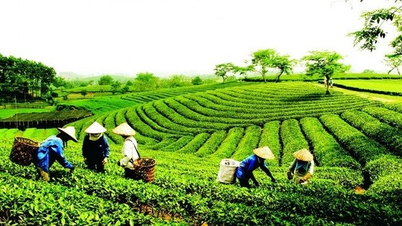









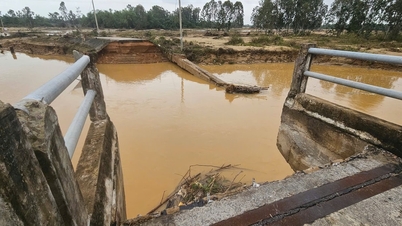

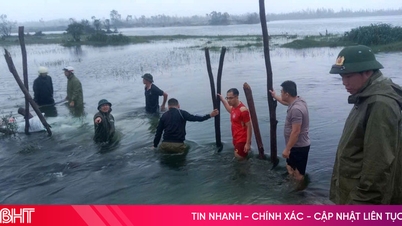
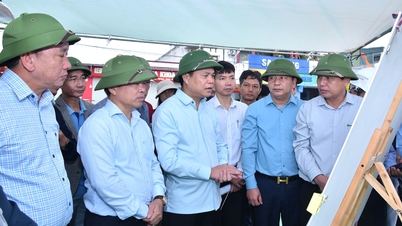






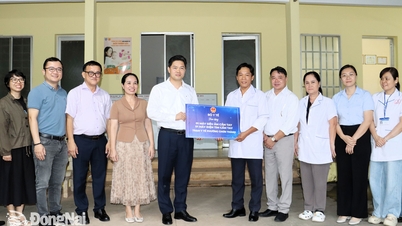
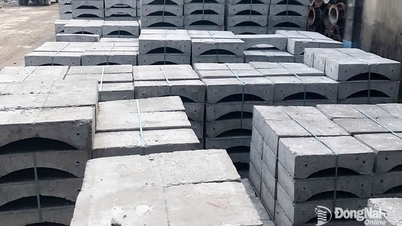
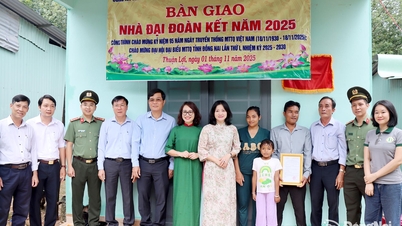

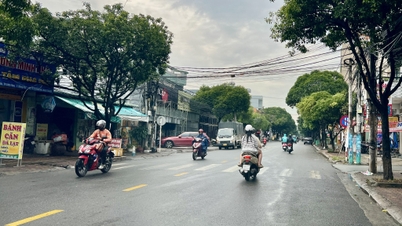
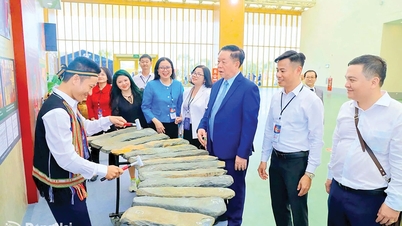





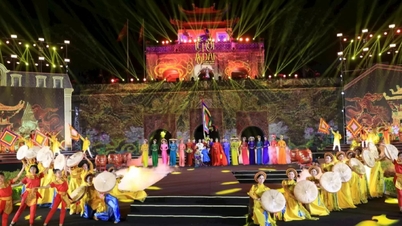











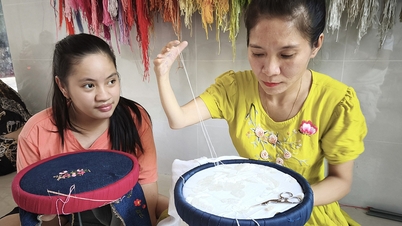




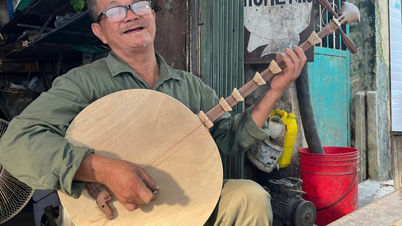






















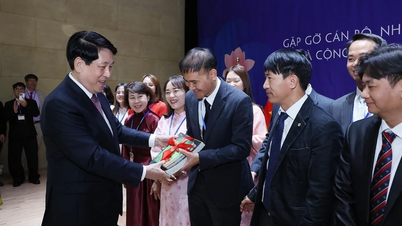
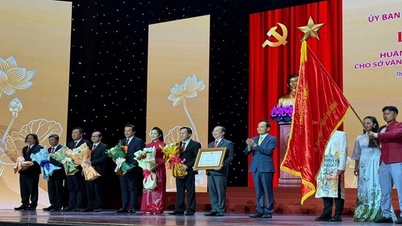
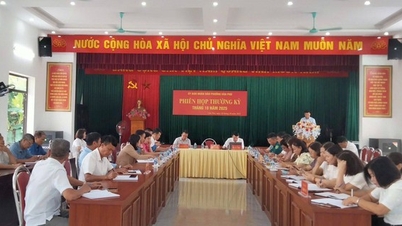








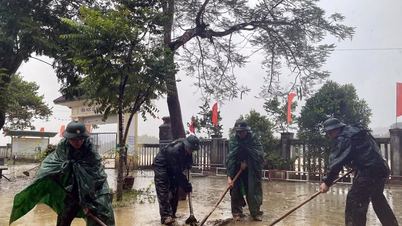















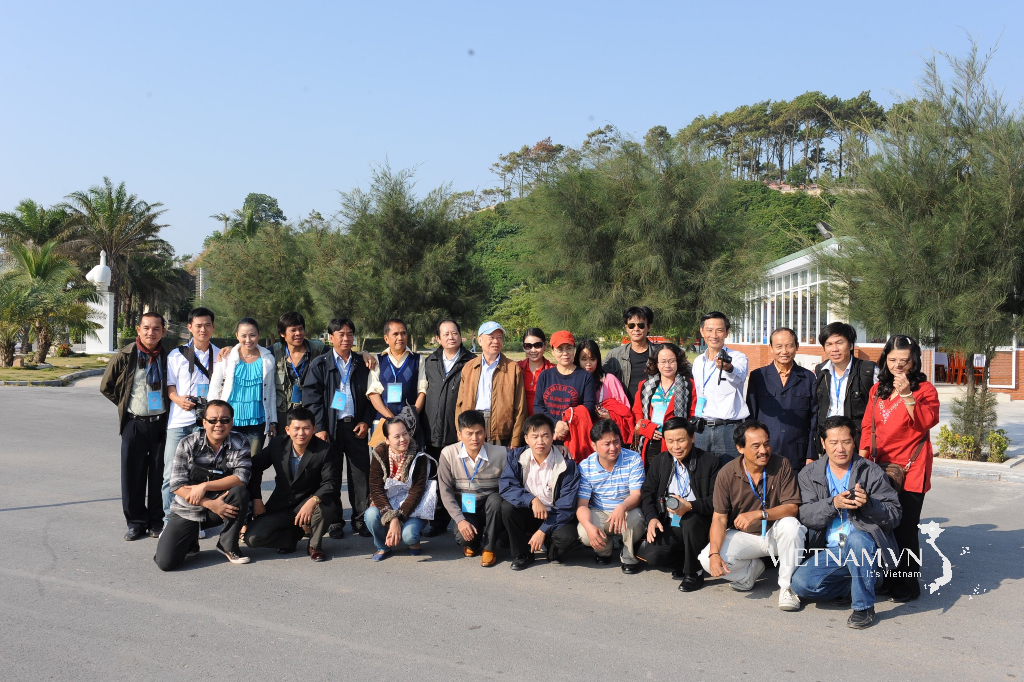


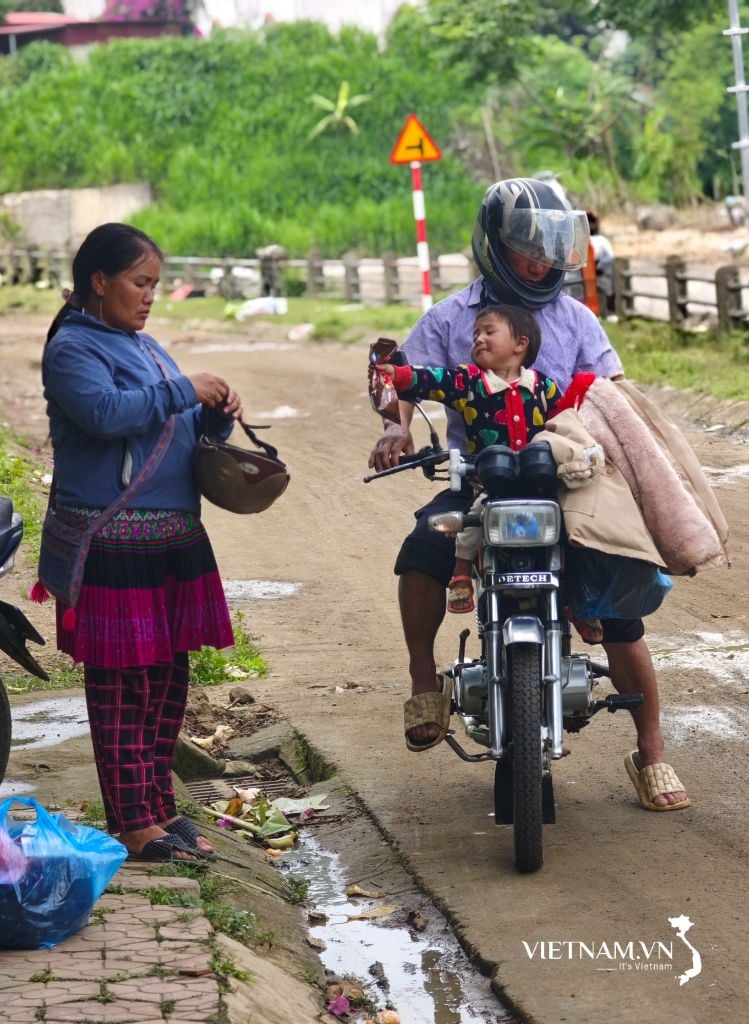
Comment (0)